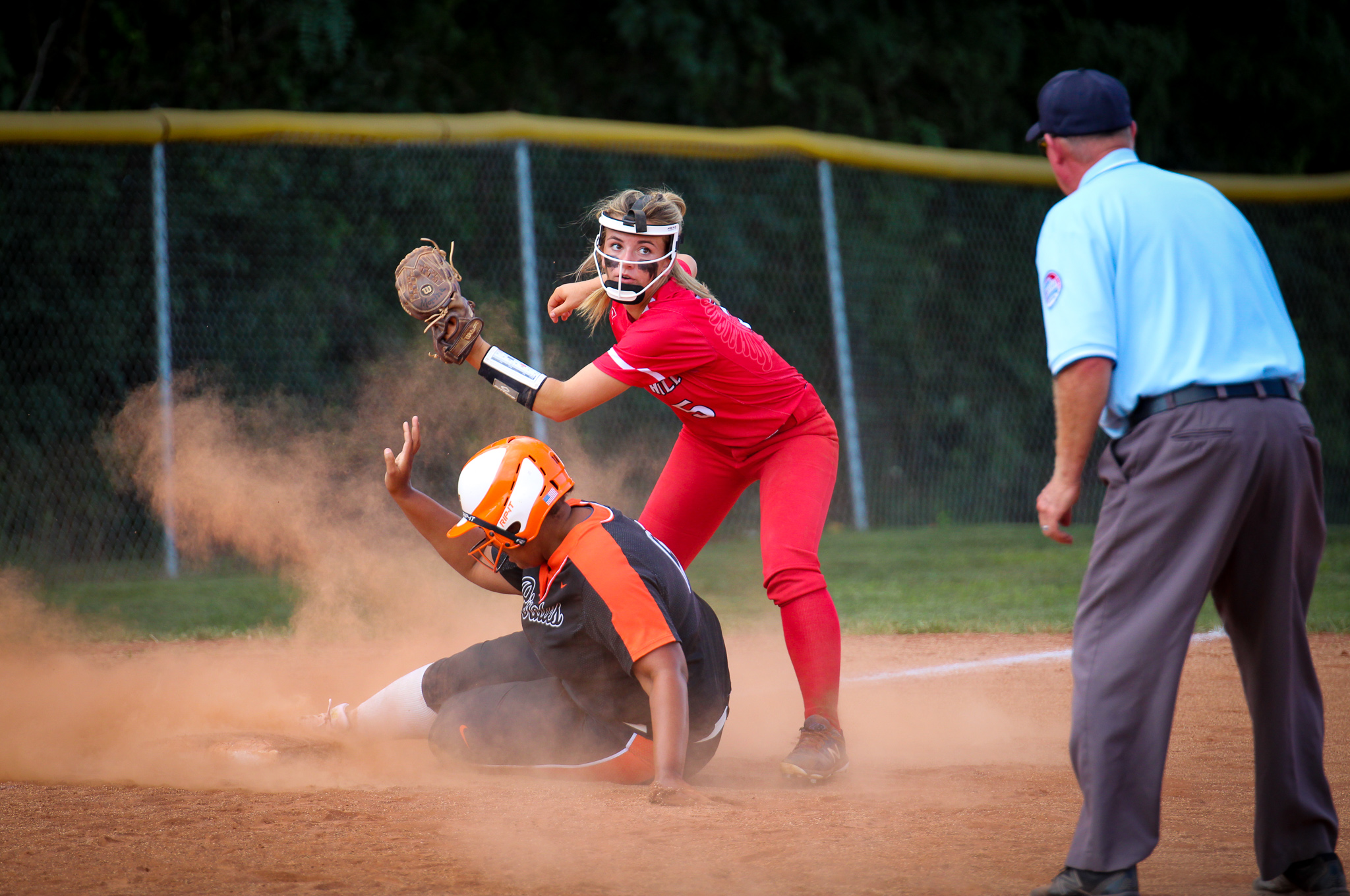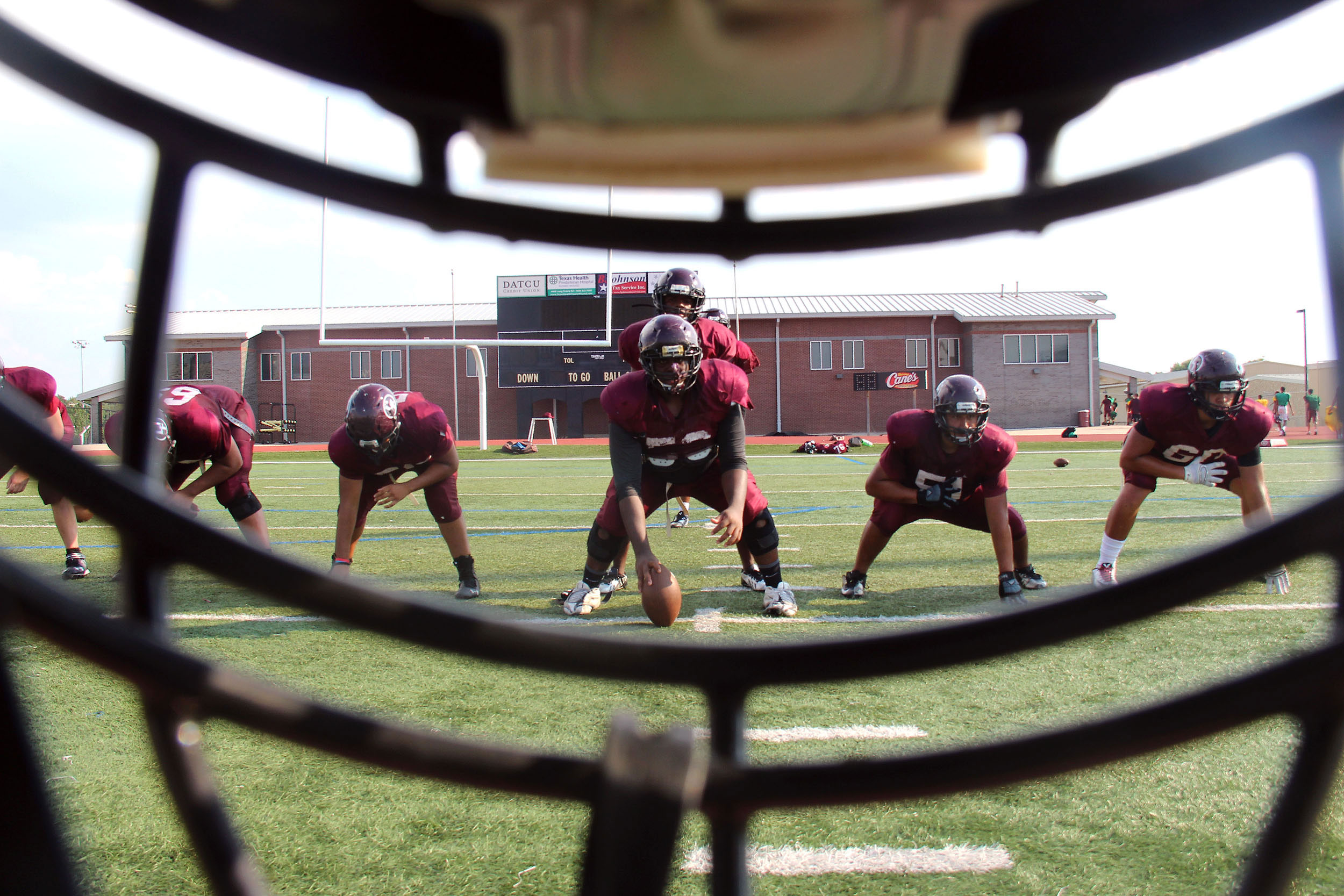Spring sports for yearbook are tricky. The warm weather is approaching, the seniors are beginning their transition to graduation and many of you are starting to feel the sweet approach of summer vacation. Despite the temptation, it’s important that your staff prepare in advance for adequate spring sports coverage. Here are some tips and tricks for making your spring …
The sports section of your yearbook will be some of the most fertile ground for interesting feature stories. Are you currently stuck and looking for sports story ideas?
Take a look at the list below and see if you can find a sports feature idea that makes sense for your school and applies to your yearbook.
You can fine-tune the writing on your yearbook’s sports pages with these easy tips on word usage and coverage.
When was the last time you made a backup? With most schools, it seems the only files that get backed up regularly throughout districts are the student records. Everything else is backed up only once in a while. If you are fortunate to have a server that is backed up weekly, you may have little to worry about. If you are not sure, have a conversation with your network administrator to see that it can be done more consistently. Or, take the job into your own hands using an inexpensive CD or DVD writer.
Basketball tends to be a difficult sport to shoot because it is played in a gymnasium. Most high school gymnasiums are not well lit, thus it is very difficult to get a shutter speed high enough to capture the action unless you use a very high ISO film (3200).
Volleyball is one of the easier sports to photograph for most scholastic photojournalists if they know the correct shooting positions and have access to the proper lenses. The court size is fairly small compared to playing areas of other sports. Since it is played indoors, however, lighting problems may still occur. Using fast films will help. So will using lenses with large aperture openings (F4, F3.5, F2, etc.). While some photographers may use flash, it can be quite bothersome to players while they’re concentrating on their next move.
Tennis is one of the most interesting sports to shoot but it can become the most frustrating as well if you’re limited in your shooting positions. During matches, photographers are usually not permitted to shoot within the fence unless it is from a court that is not being used. Most student photographers do not have the access professional photographers have at court side; drool over those wonderful Wimbledon and U.S. Open photos in Sports Illustrated but be realistic about what you can capture based on your access to the court while a match is underway.
Most of the action takes place at known points-the bases and the batter’s box-but distances are great, and a 300mm or 400mm telephoto is usually necessary. Flood-lit games at night are common, and call for high-speed film and ideally, a wide-maximum aperture. One of the classic baseball shots is of a player sliding into a base in a cloud of dust. This is best caught with a ground-level position. Pre-focusing on the base may help.
Sports photography is different than candid photography Photographers need to keep in mind certain guidelines: Shots, photo ranges, techniques, lens and sports, and films.
Capturing sports photographically has always been one of, if not the toughest, assignment faced by any photographer. For some students, the challenge is welcomed. For others, just the word sports puts fear into their hearts. However, patience and practice can help any photographer become less afraid of the dreaded sports assignment.


